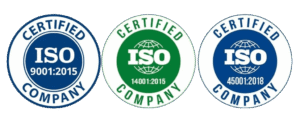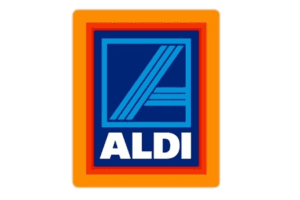When it comes to operating heavy equipment, nothing matters more than safety. Industrial machinery is built for power and performance, but without the right safeguards, it can expose workers to serious risks. That’s why investing in equipment with strong safety features isn’t just smart—it’s essential.
In this guide, we’ll explore six key safety features in industrial machinery that every business should prioritize to protect employees, reduce downtime, and maintain compliance.
1. Emergency Stop Mechanisms
Every industrial machine should have an easily accessible emergency stop (E-stop) button. This feature allows workers to instantly halt operations in the event of malfunction, human error, or unexpected hazards. Modern E-stop systems are designed to cut power immediately and reduce the chance of accidents.
2. Guarding and Protective Barriers
Physical guards and barriers prevent workers from coming into direct contact with moving parts. From blade covers to interlocked guards, these features act as the first line of defense. Machines without proper guarding pose serious risks of entanglement, crushing, or amputation.
To ensure compliance, review guidelines from Safe Work Australia on machinery guarding requirements.
3. Lockout/Tagout (LOTO) Systems
During maintenance, machines must be powered down properly to protect workers from accidental startups. Lockout/Tagout systems provide a standardized way to isolate energy sources and prevent unexpected movement. Any industrial machinery without LOTO capability should be considered incomplete from a safety perspective.
4. Automatic Shut-Off Sensors
Modern machinery increasingly relies on sensors that detect irregularities and shut down systems automatically. These include overload sensors, temperature controls, and motion detectors. Automatic shut-off prevents damage to both operators and equipment by stopping processes before they escalate into dangerous situations.
5. Ergonomic and User-Friendly Controls
Safety isn’t just about preventing accidents—it’s about preventing fatigue and mistakes. Ergonomically designed control panels, adjustable workstations, and clearly labeled buttons reduce the likelihood of human error. Machines that are difficult to operate increase risks, no matter how advanced they may be.
6. Compliance with Safety Standards
Finally, industrial machinery must meet recognized safety standards to guarantee performance. In Australia, AS/NZS compliance is essential, while globally, ISO and ANSI standards set the benchmark. Before purchasing, always request documentation proving that equipment meets or exceeds required safety certifications.
For reference, see ANSI Safety Standards for industrial equipment.
Smart Tip
Cutting-edge performance is meaningless without safety. Prioritizing safety features in industrial machinery doesn’t just protect workers—it saves money by reducing downtime, avoiding penalties, and extending equipment lifespan.
Primary CTA: Request a Quote for Safe Industrial Equipment
Location: Carewell Group Pty Ltd, Unit 27/191, McCredie Road, Smithfield, NSW 2164
Phone: +61 0477 123 699
Email: sales@carewellgroup.com.au | info@carewellgroup.com.au | logistics@carewellgroup.com.au









